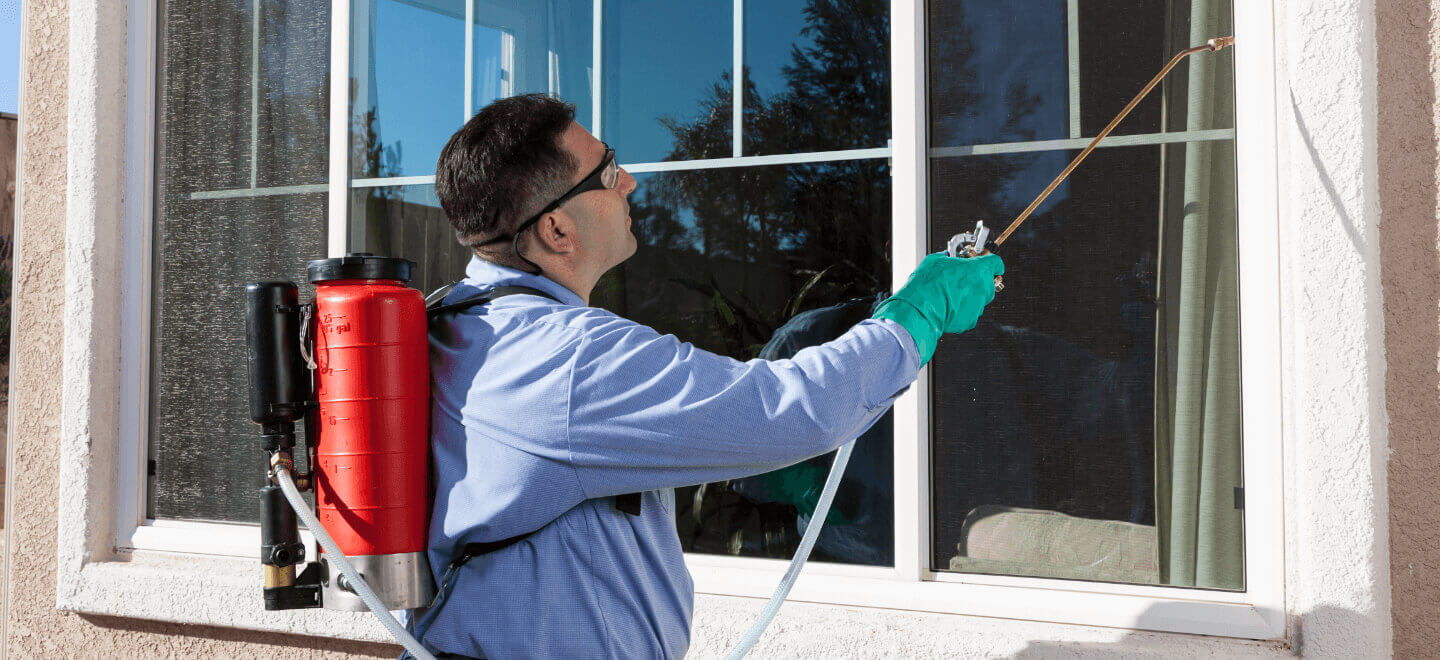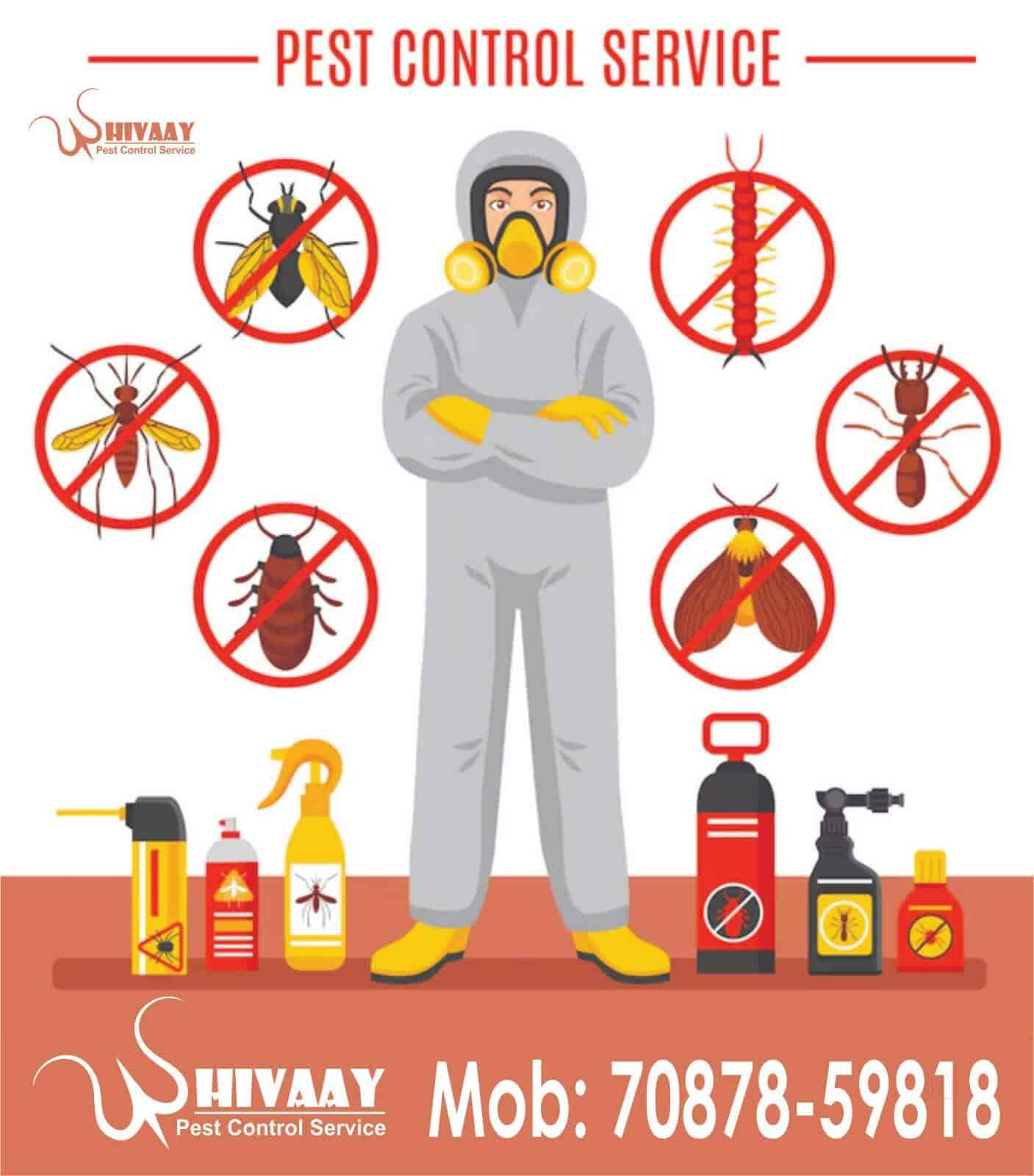Affordable Rat Control Coquitlam Services to Keep Your Home Safe
Affordable Rat Control Coquitlam Services to Keep Your Home Safe
Blog Article
Safe and Reputable Bug Control for Lasting Protection
Effective parasite monitoring calls for a diverse technique that balances ecological integrity with the need for reliable bug reductions. The nuances of these methods might not be quickly clear, motivating a better evaluation of the practices that can lead to sustainable parasite control end results.
Comprehending Insect Control Methods
Parasite control incorporates a selection of techniques focused on managing and eradicating undesirable bugs and rodents that can intimidate both health and wellness and building. Comprehending these methods is crucial for reliable insect monitoring.
The main categories of bug control methods consist of mechanical, biological, and chemical strategies. Mechanical techniques entail physical barriers and catches to stop pest entrance and capture undesirable types. Utilizing screens on home windows or utilizing sticky catches can substantially decrease pest populaces without introducing hazardous materials - exterminator coquitlam.

Chemical bug control is often the most recognized method, using pesticides to get rid of bugs. These chemicals can be efficient however need to be made use of with care to prevent negative impacts on non-target types and the atmosphere.
Benefits of Eco-Friendly Solutions
Exactly how can environmentally friendly solutions change pest control techniques? The adoption of green bug control methods uses numerous advantages, substantially enhancing the efficiency and safety of bug management.

An additional benefit is the positive impact on regional biodiversity. Green solutions are developed to target certain parasites while preserving advantageous bugs and wild animals, advertising a well balanced ecosystem. This method lines up with the expanding customer demand for sustainable methods, improving the online reputation of parasite control companies.
Integrated Bug Administration Approaches
The execution of eco-friendly solutions naturally leads to the adoption of Integrated Pest Management (IPM) strategies, which further enhance parasite control efficiency. IPM is an all natural strategy that incorporates several techniques to handle insect populations while minimizing ecological influence. This method highlights using biological, social, mechanical, and chemical controls, making certain a lasting and balanced technique of parasite monitoring.
One essential facet of IPM is the extensive evaluation of insect activity and ecological conditions. By keeping an eye on insect populaces and determining their life cycles, practitioners can apply targeted interventions that disrupt the parasite's habitat or lifecycle, reducing dependence on chemical pesticides. Furthermore, social methods such as crop turning and habitat adjustment can substantially decrease parasite establishment and recreation.
One more crucial component is using biological control representatives, such as useful insects or bacteria, which can naturally suppress parasite populations. When chemical applications are needed, IPM prioritizes making use of low-risk pesticides and applies them uniquely, reducing direct exposure to non-target organisms and human beings.
Integrating IPM techniques not just improves bug control effectiveness however also promotes a more secure community, straightening with the growing demand for lasting practices in insect monitoring.
Safe Practices for Property Owners
Recognizing the significance of safe methods in insect control can encourage homeowners to successfully take care of insect problems while guarding their health and the atmosphere. Applying non-toxic methods and precautionary actions is essential in lessening direct exposure to harmful chemicals.
Home owners need to initially analyze their setting for conditions that attract pests, such as standing water, food, and clutter waste. On a regular basis cleaning and sealing access points can prevent parasites from invading the home. Utilizing natural deterrents, such as essential oils or diatomaceous planet, can supply efficient choices to chemical pesticides.
When chemical therapies are required, homeowners ought to select visit items that are particularly identified as safe for domestic usage. It is vital to adhere to application standards carefully to avoid too much exposure. Using targeted therapies in areas where parasites are determined, instead than blanket splashing, can considerably lower chemical use.
Last but not least, preserving open interaction with insect control specialists is important. Home owners must inquire regarding the safety and security of products made use of and request eco-friendly choices whenever feasible. By embracing these visit our website secure practices, home owners can produce a much healthier living environment while successfully managing bug issues.

Tips for Long-Term Security
Developing a pest administration approach that highlights lasting protection can significantly boost the effectiveness of the safe techniques previously talked about. To accomplish this, house owners need to implement regular evaluations of their building, concentrating on concealed areas such as attics, basements, and crawl spaces. Early detection of insect activity is vital in preventing infestations from taking hold.
These techniques minimize attractants that draw pests right into the home. Sealing entry factors, such as fractures around windows and doors, can successfully block possible insect access.
Landscape design ought to additionally be thought about; keeping plants cut and preserving a range between vegetation and the home lessens hiding places insect inspection service for insects. Making use of natural deterrents, such as important oils or diatomaceous planet, can even more discourage invasions without resorting to extreme chemicals.
Lastly, teaming up with a professional pest control service for routine assessments can provide an additional layer of security. These professionals can offer customized referrals and advanced therapies, ensuring that your home stays shielded against bugs in the long term.
Final Thought
To conclude, trustworthy and safe bug control requires a diverse strategy that emphasizes environmentally friendly approaches and integrated bug management. By carrying out all-natural deterrents, conducting normal inspections, and keeping correct sanitation, homeowner can considerably minimize bug populaces while protecting advantageous bugs and the atmosphere. Partnership with specialist bug control solutions boosts the performance of these approaches, ensuring customized solutions that provide enduring security and comfort against future invasions.
Effective insect management requires a multifaceted approach that stabilizes ecological honesty with the demand for reliable parasite reductions. The fostering of eco-friendly pest control methods offers numerous benefits, significantly enhancing the performance and safety and security of bug monitoring.The implementation of environment-friendly options normally leads to the adoption of Integrated Pest Management (IPM) approaches, which additionally improve insect control effectiveness. exterminator coquitlam. By keeping track of insect populations and recognizing their life cycles, professionals can execute targeted interventions that interfere with the insect's environment or lifecycle, minimizing reliance on chemical pesticides.In verdict, trustworthy and safe parasite control needs a complex technique that emphasizes environment-friendly methods and incorporated insect monitoring
Report this page